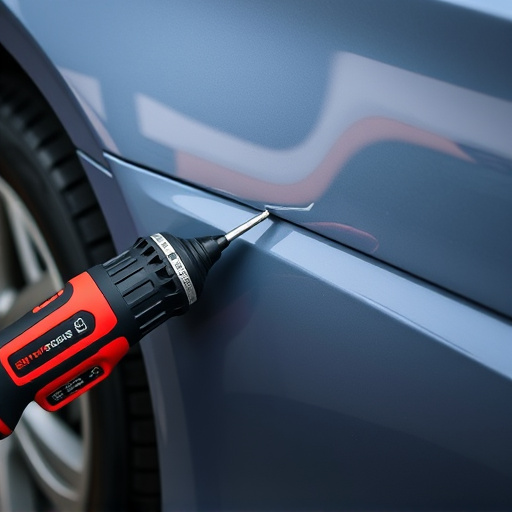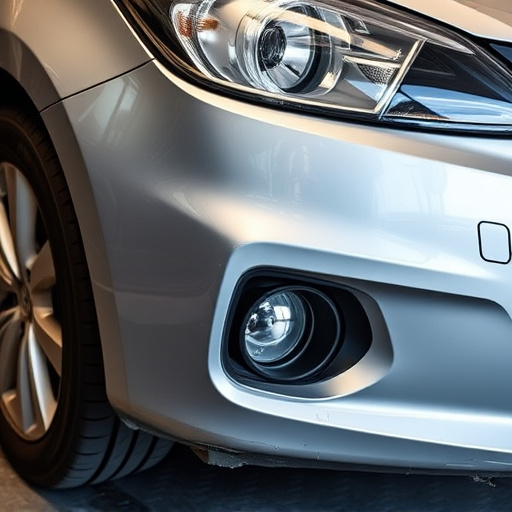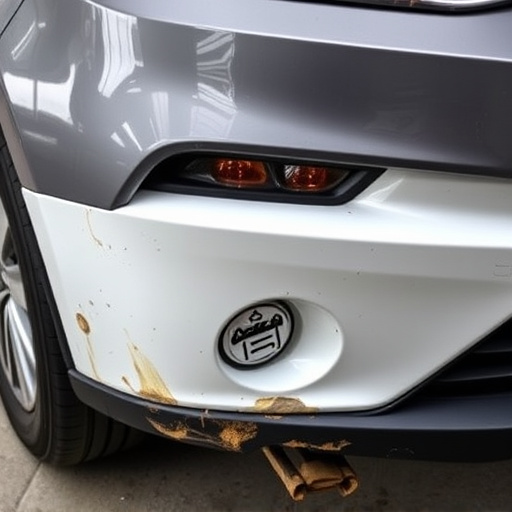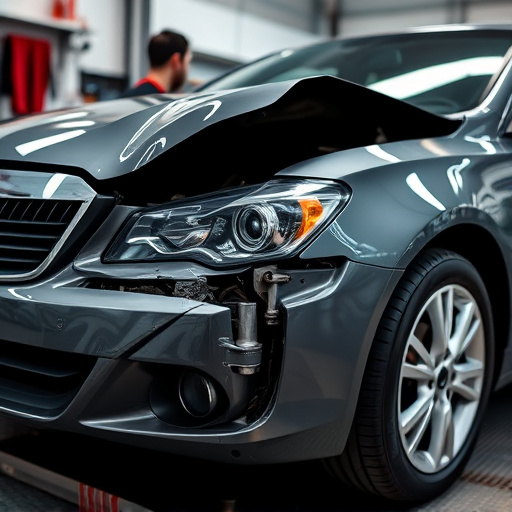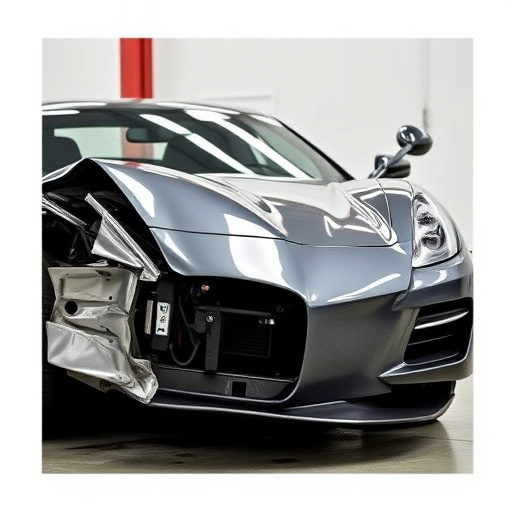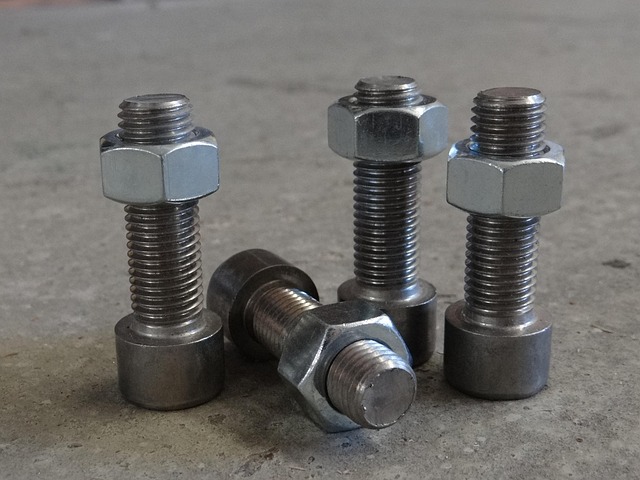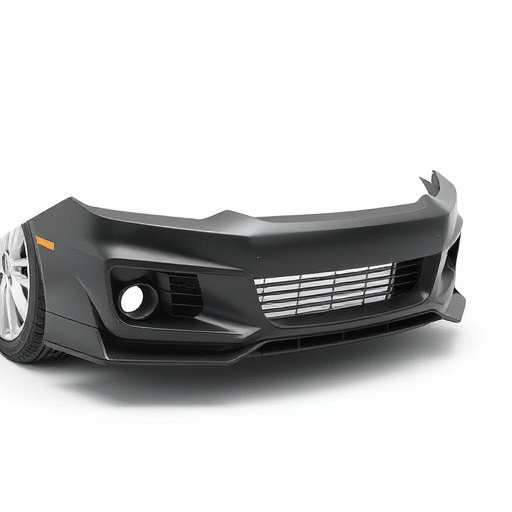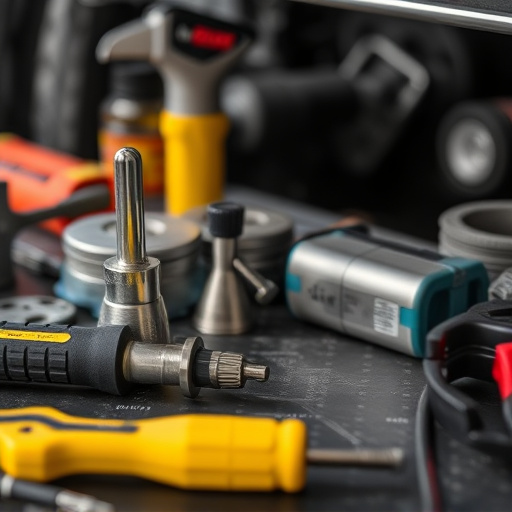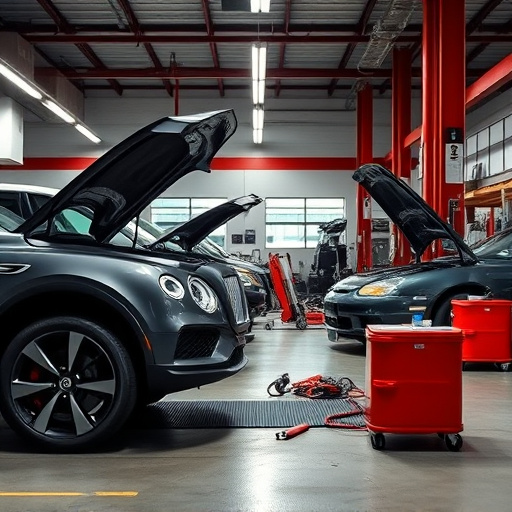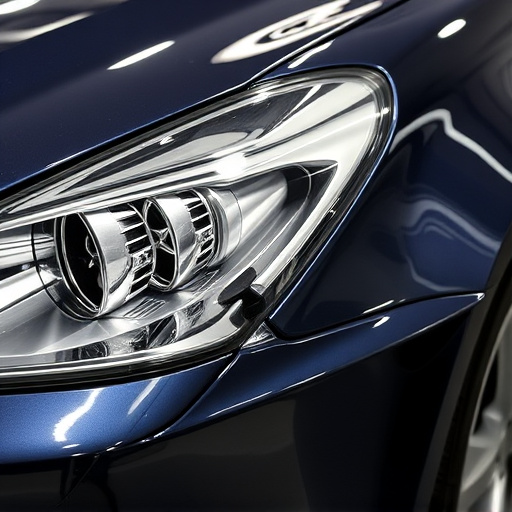Optimizing PDR (Paintless Damage Repair) for body shops involves specialized equipment and layout. Dedicated work bays with tools like dent pullers and polishers, along with ample space and easy power access, enhance productivity. Layout should group similar tasks, minimizing downtime. Standardized procedures, consistent workflows, and regular staff training ensure efficient bumper repair and dent removal using the latest PDR tools.
Efficient PDR (Paintless Dent Repair) operations require well-prepared work bays that cater to specific equipment needs and streamline workflow. This guide delves into three critical aspects: understanding the unique demands of PDR, optimizing your shop’s layout for maximum efficiency, and implementing standardized procedures and training. By following these best practices, body shops can enhance productivity and ensure top-notch PDR services using specialized tools and techniques.
- Understanding PDR Workflow and Equipment Requirements
- Optimizing Work Bay Layout for Efficiency
- Implementing Standardized Procedures and Training
Understanding PDR Workflow and Equipment Requirements
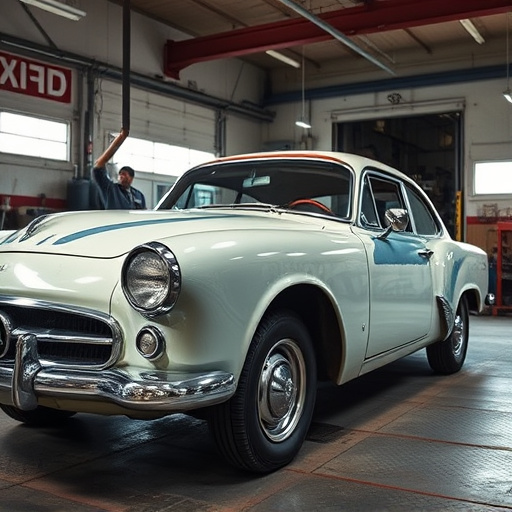
To prepare work bays for efficient PDR (Paintless Dent Repair) operations, it’s crucial to first understand the specific workflow and equipment requirements involved in this specialized auto body repair service. PDR for body shops involves a meticulous process where technicians use advanced tools and techniques to remove dents and scratches from vehicle surfaces without painting. This requires a tailored work area that accommodates the necessary tools, such as dent pullers, air guns, and polishers.
For seamless PDR operations in a collision center or auto body shop, dedicated work bays should be equipped with appropriate tools, safety gear, and protective materials to prevent damage to both the vehicle and equipment. Adequate space for maneuvering heavy machinery and easy access to power sources are essential. By understanding the unique needs of PDR and configuring work bays accordingly, automotive repair services can enhance productivity and ensure high-quality repairs.
Optimizing Work Bay Layout for Efficiency
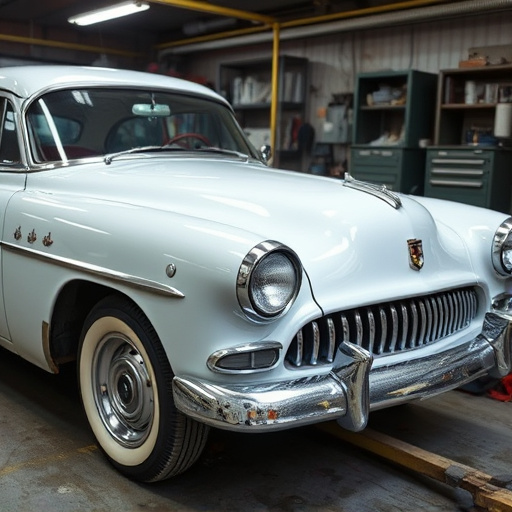
Optimizing the work bay layout in a body shop is a strategic move to enhance efficiency for PDR (Paintless Damage Repair) operations. A well-designed space ensures that all necessary tools and equipment are readily accessible, reducing time wasted on searching. For instance, arranging stations based on the repair process—from initial assessment to final touch-ups—can streamline workflow. This setup allows technicians to move seamlessly from one task to another, minimizing downtime.
Consider the flow of work when planning your bay layout. Grouping similar tasks together and assigning dedicated areas can significantly improve productivity. For example, a dedicated bumper repair zone with all the necessary hardware for straightening and painting car bumpers will enable faster and more accurate bumper repairs. This strategic approach to space utilization is key in achieving seamless PDR for body shops, ensuring that every vehicle collision repair and car damage repair process is executed efficiently.
Implementing Standardized Procedures and Training
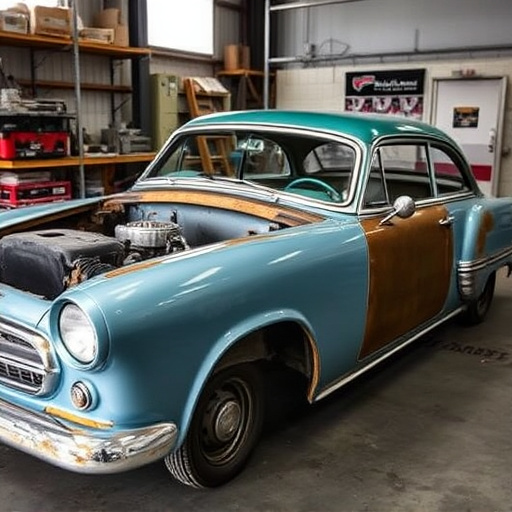
Creating a streamlined workflow through standardized procedures is essential for efficient PDR (Paintless Dent Repair) operations in body shops. By implementing consistent steps and protocols, teams can ensure bumper repair and dent removal processes are completed swiftly and accurately. Training staff on these procedures ensures everyone follows the same best practices, minimizing errors and inconsistencies that could impact the quality of repairs.
Regular training sessions also allow technicians to stay updated with industry advancements in PDR tools and techniques. This continuous learning environment keeps them adept at handling complex dent removal tasks across various vehicle makes and models, enhancing the overall capabilities of the collision center.
Efficient work bay preparation is key to streamlining PDR (Paintless Dent Repair) operations in body shops. By understanding the specific workflow and equipment requirements, optimizing layout for seamless movement, implementing standardized procedures, and providing adequate training, body shops can enhance productivity and deliver high-quality PDR services. Incorporating these strategies ensures a well-oiled machine, allowing technicians to work more effectively and efficiently, ultimately benefiting both the shop and its customers.
